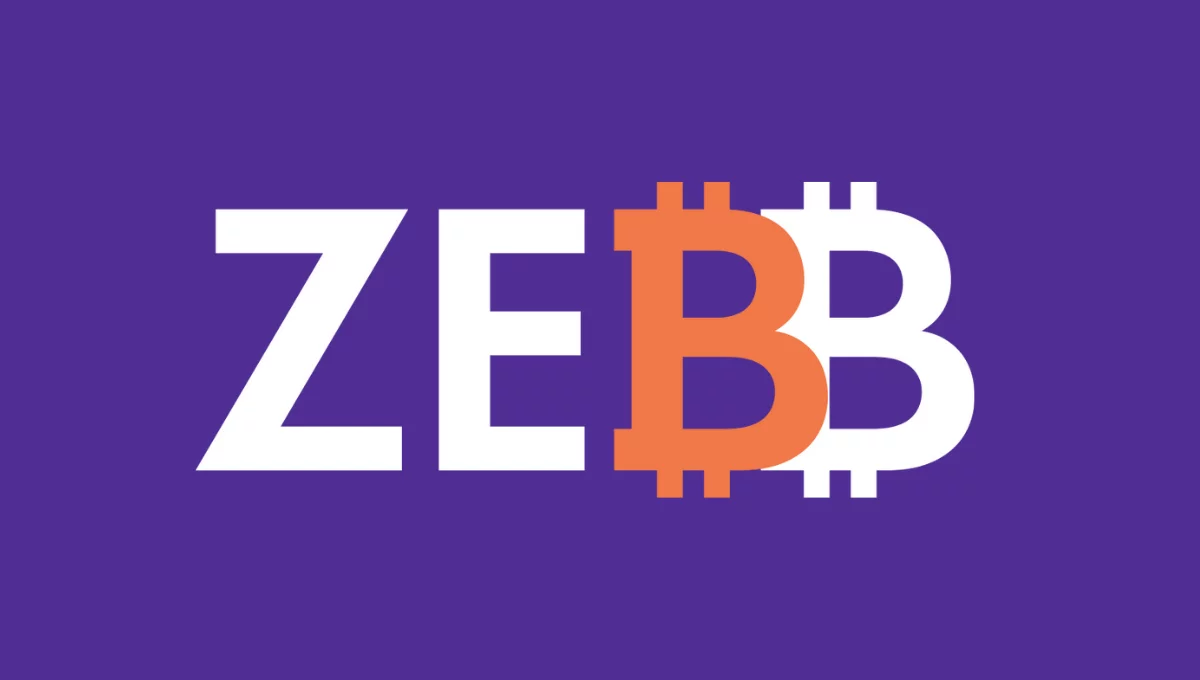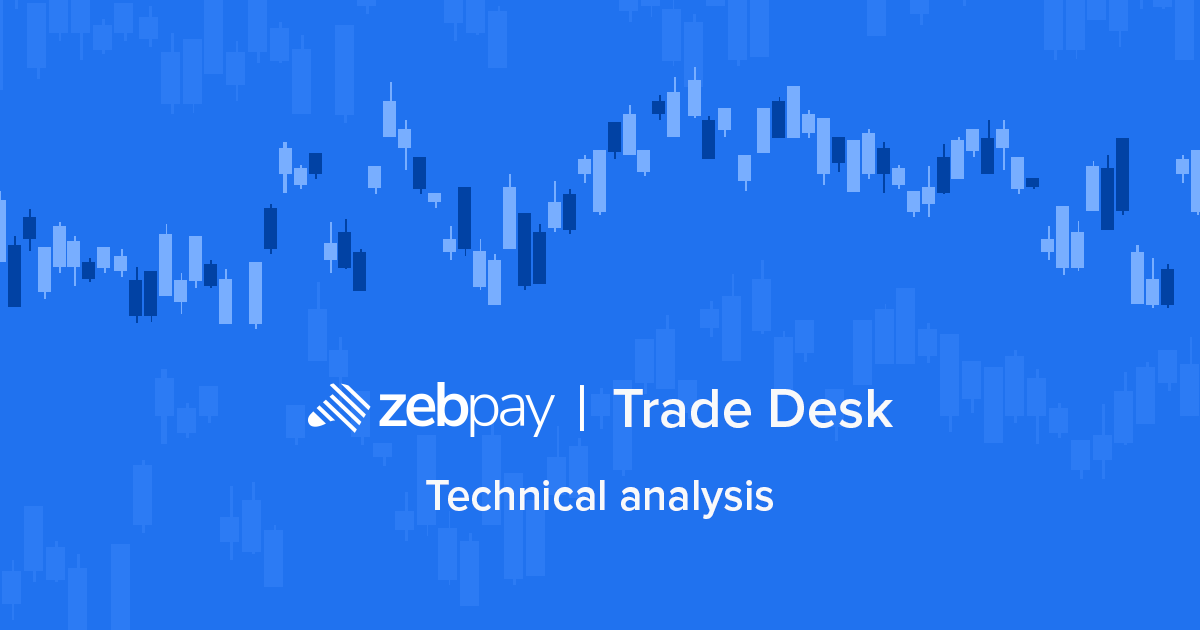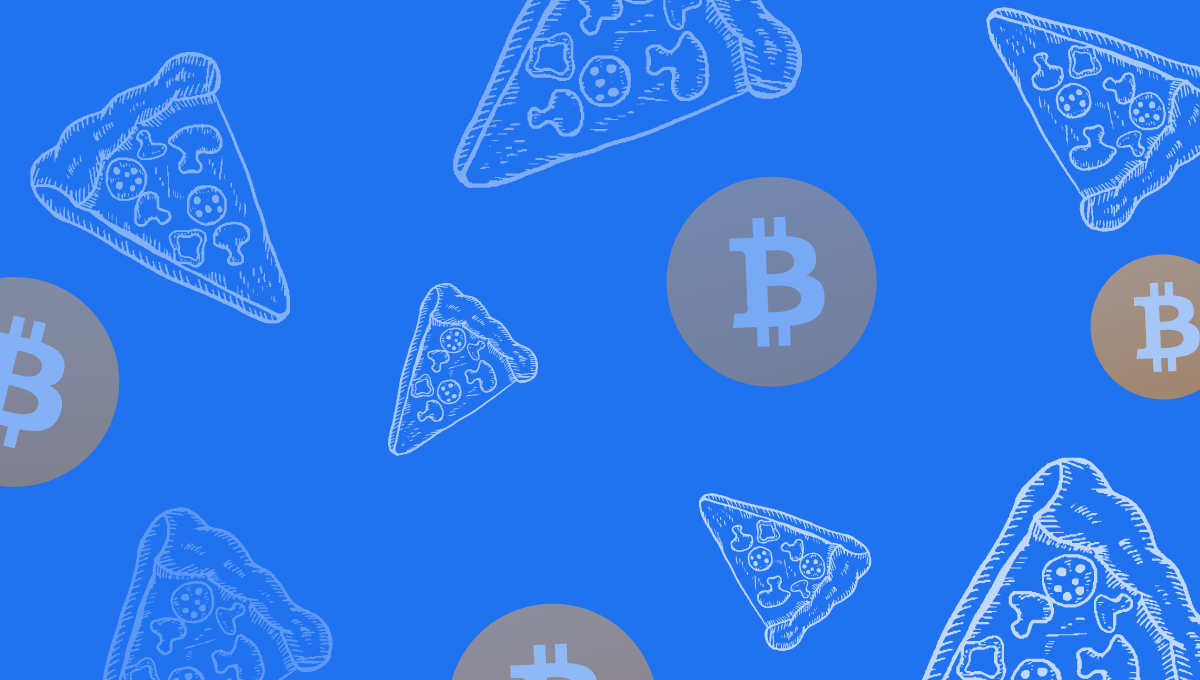28 April | ZebPay Trade-Desk
Tokenomics studies how cryptocurrencies work within the larger cryptocurrency ecosystem. It looks at things like token distribution and how it can be used to incentivize positive behaviour in the network. So, basically, tokenomics aims to understand and articulate the supply and demand characteristics of cryptocurrencies. But before we deep dive into tokenomics itself, it’s important to understand the difference between a token and a coin. In simple terms, coins are native to their blockchain, whilst tokens have been built on top of another blockchain, like Ethereum, an ERC-20 token is a good example of this.
Tokenomics posits that projects, in order to be usable, must have certain characteristics. Projects must have a mechanism in place to be able to distribute coins to their potential users. A few ways in which this is achieved include networks rewarding validators and/or miners by giving them newly minted coins. Some sell a portion of the token supply to potential users in an ICO, while others might distribute tokens to users via certain actions and behaviours. Abiding by the principles of good tokenomics means that the project will provide a certain level of price stability, by ensuring there are enough coins to match the levels of supply, and this, in turn, helps to maintain a stable price for the coin. The asset should be backed by a good governance protocol in place, which clearly defines how the core team of the project devises the rules by how tokens are created, or ‘minted’, as well as how they are injected into and taken out of the network. One must also, perhaps try to understand how the digital currency will be used, when it is in circulation.
Projects governed by principal of good tokenomics, allow for:
- Specific Ownership – A token is backed but an underlying principle that represents something unique, both in the digital world and in the real world.
- Secure Transfer and Trade – The blockchain security and the uniqueness of the technical architecture, make trading represented by the token a lot simpler and efficient. As a token, it could potentially also allow the transfer of ownership of assets across platforms or even be interoperable across multiple domains.
- Data Integration and Control – Projects are built on infrastructure that is customized and designed in a way that is secure and can protect the data of its user but also maintain a decentralized architecture. This eliminates all possibility of any asymmetric information being attributed to any transaction.
Augur, for example, rewards users for verifying facts on its betting network. A network like Tether, is a good example of this, however, in October 2018, it ‘burned’ tokens to help regulate the coin’s price in the marketplace. Some networks use the Proof-of-Stake (PoS) systems, which rely on validators to actually ‘stake’ their own coins, and this helps ensure they act honestly and fairly. If they don’t play by the rules, their tokens can be forfeited. Tron is another asset that seems to have a good set of tokenomics principles in place. Tron’s network is governed across a series of different levels, to keep decision-making both decentralized and effective. Automated mechanisms, and smart contracts, determine how Tron tokens are added to the network to ensure enough is in circulation and the price remains stable. However, if this doesn’t work, the community can decide whether to increase or lower the amount.
On the flip side, consider Kimlic which is a KYC(Know-Your-Customer) and ‘ID Verification as a Service’ marketplace on blockchain. While this work is still under review, there was a clear need in the case of Kimlic for a mathematical model that could account not only for the real value of a token but also for market expectations in the post-ICO period. An additional problem was detected, which was the low holding time of tokens. This meant that investors didn’t hold tokens during the critical period. To counter this, staking mechanisms were built-in, to incentivize investors to increase their holding time, which leads to a faster appreciation of the token’s value, and usability. The basic staking mechanism required clients to stake tokens in order to use premium features of the system, such as more advanced verification or faster service. KYC providers also had to stake tokens in order to participate in the premium services. Failure to provide satisfactory service translated into some kind of punishment such as loss of tokens or lock-out from the services for a limited period of time. However, despite these measures, the token never really shot to fame and became mainstream. Tokenomics is also helpful as guidance to predict what the asset might be worth in the future. Understanding how crypto assets are using blockchain technology, to impact either supply or demand is of vital importance to both speculators and investors, and this can significantly influence the viability, and price of the asset, and hence its returns on investment.
Conclusion:
Blockchain technology has enabled projects to create micro-economies, by making them self-sustaining, and by allowing their developers to figure out how tokens should operate within their ecosystem. There can be ‘no one size fits all’ attitude when it comes to tokenization, and its best practices. Blockchain has allowed a diverse range of use cases and implementations. Tokenomics hence, can enable teams to create new models that work with what the project wants to achieve, or simply modify existing technical architectures to enhance its capabilities. This will create a high-functioning and stable platform, if done well. In theory, the principles, philosophies and models by which tokens, and the projects that they underpin are at a very early stage of experimenting with what works, and what might fail. There are numerous models that might lead to projects failing, but for the ones that don’t, they will go on to inspire and guide new projects still to co
References :
https://coinmarketcap.com/
Disclaimer : This report is not intended to be relied upon as advice to investors or potential investors and does not take into account the investment objectives, financial situation or needs of any investor. All investors should consider such factors in consultation with a professional advisor of their choosing when deciding if an investment is appropriate. The Company has prepared this report based on information available to it, including information derived from public sources that have not been independently verified. No representation or warranty, express or implied, is provided in relation to the fairness, accuracy, correctness, completeness or reliability of the information, opinions or conclusions expressed herein. This report is preliminary and subject to change; the Company undertakes no obligation to update or revise the reports to reflect events or circumstances that arise after the date made or to reflect the occurrence of unanticipated events. Trading & Investments in cryptocurrencies viz. Bitcoin, Bitcoin Cash, Ethereum etc.are very speculative and are subject to market risks. The analysis by Author is for informational purposes only and should not be treated as investment advice




